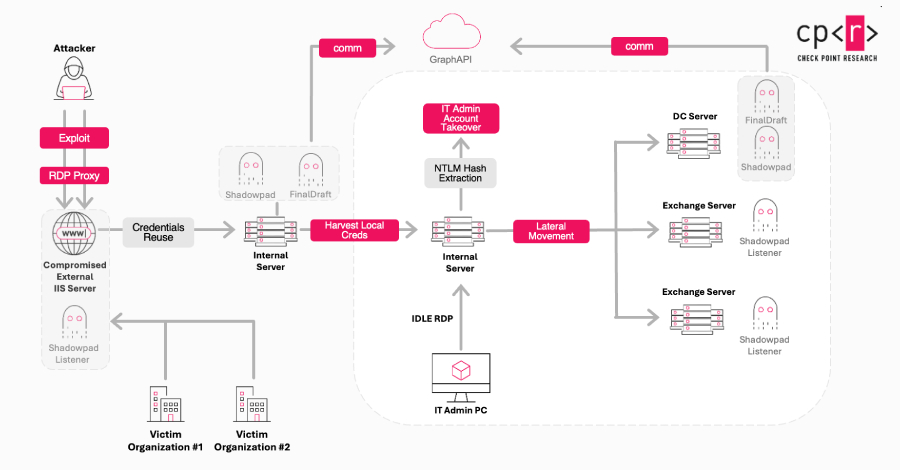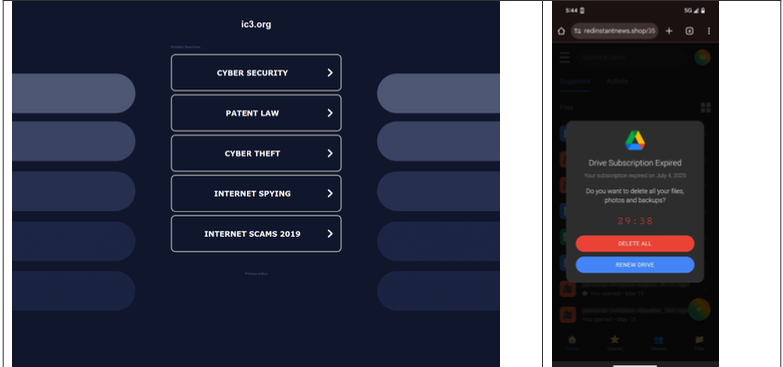The threat actor known as Jewelbug has been increasingly focusing on government targets in Europe since July 2025, even as it continues to attack entities located in Southeast Asia and South America.
Check Point Research is tracking the cluster under the name Ink Dragon. It’s also referenced by the broader cybersecurity community under the names CL-STA-0049, Earth Alux, and REF7707. The










